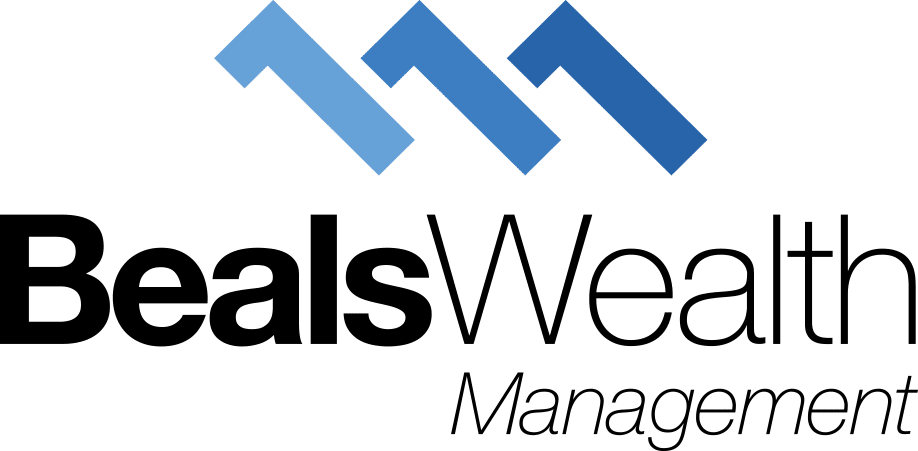If you’re thinking about retiring and taking money out of your pension pot, it’s important to look at the timing and order in which you do it
If you’re thinking about retiring and taking money out of your pension pot, it’s important to look at the timing and order in which you do it:
Many people arrive at the age they want to partly, or fully, retire with a range of assets. These can include cash, property, ISAs, bonds, pension plans, and maybe some multi asset funds or other investments. As a result, you will have a choice of where to take your income from first. But it’s likely that the first choice is not your pension.
It’s a good idea to have a qualified financial adviser whose job it is to optimise how you take your income. But to give a simple example:
• Tax rate on your income from your ISA – 0%1
• Tax rate on your income from your other investments – normally Capital Gains Tax at 20%, and
• Compared to the tax rate on your income from your pension – Income Tax at 20%, 40% or even 45% depending upon your income2.
This is another benefit in organising your retirement income to come from several different pots at different times. It can be a good idea to take more investment risk on the portion of your money that you don’t need immediately. This is because you are more likely to get a higher return on it on average, plus it stays invested longer for that higher return to compound. And it can be even more efficient if this is in a pension because the compounded growth is not taxed.
However, along the way there will be times when investment markets are down, and you don’t want to be to having to sell these investments to take income at such times, which would result in temporary losses. That’s why it’s usually a good strategy to take the higher investment risk only with the money that you are sure you aren’t going to need in the short term and have your ‘essentials’ money come from cash or short-term deposits.
It’s about organising your ‘pots’ not just in the most tax efficient way, but in a way which optimises the balance of investment return, investment risk, and timescales for when you will need the money.
It is worth noting too that even when you do finally come to take income from your pension, you can make a massive difference to how much tax you pay depending upon how you take the money from it. This is especially true if you have more than one pension, and a spouse or partner who has pensions too. Factors to consider include your respective ages, how much to take of the tax-free cash allowance, what to leave in flexi access drawdown and with which provider, inheritance tax (IHT) implications, whether and how you can get access to your capital, and death benefit flexibility.
Your financial adviser will optimise this for you. If you’d like to learn more, please get in touch now.
The value of pensions and investments can fall as well as rise. You may get back less than you invested.
Tax treatment varies according to individual circumstances and is subject to change.
References:
1. https://www.moneyhelper.org.uk/en/savings/types-of-savings/isas-and-other-tax-efficient-ways-to-save-or-invest#:~:text=You%20pay%20no%20Income%20Tax,free%20of%20Capital%20Gains%20Tax.
2. https://www.theprivateoffice.com/insights/pay-tax-on-investment-income-gains#:~:text=Typically%2C%20all%20other%20sources%20of,for%20an%20additional%20rate%20taxpayer.
Approver Quilter Wealth Limited, Quilter Financial Limited, Quilter Financial Services Limited & Quilter Mortgage Planning Limited. Quilter Financial Planning Solutions Limited September 2024.

